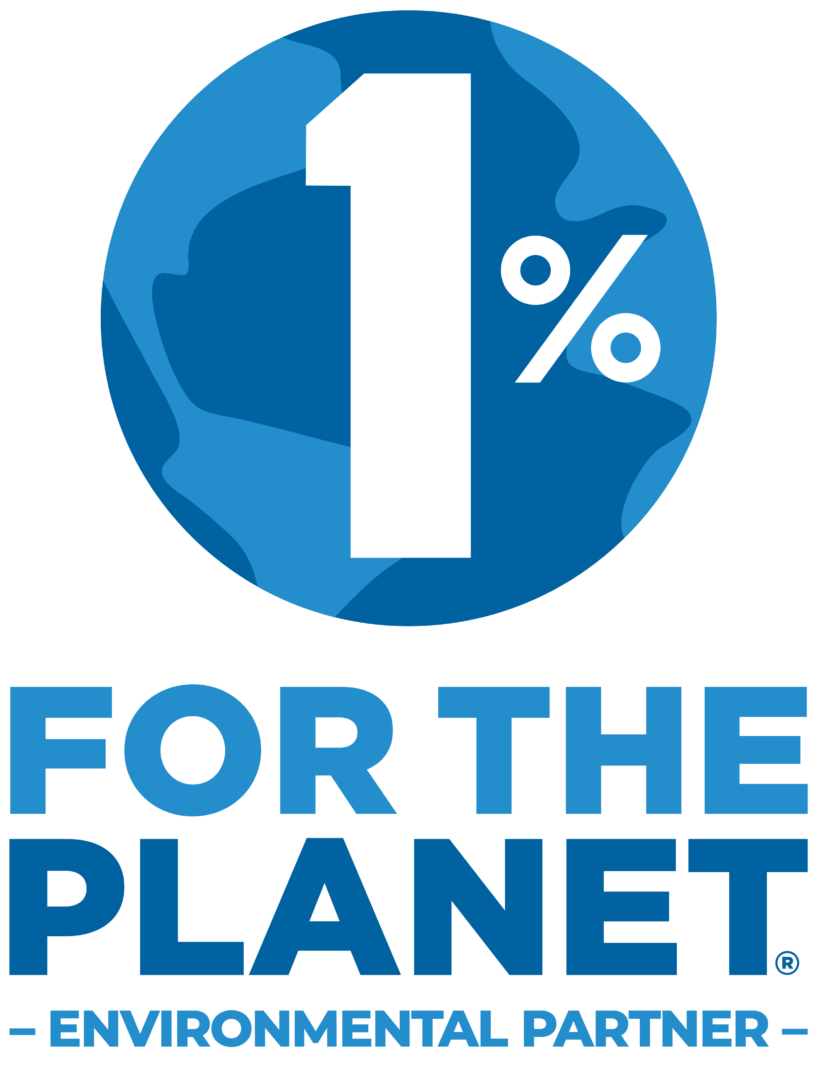Note: A draft of this blog was posted in error. Please disregard it entirely and review this corrected post, updated August 16, 2022. Plant With Purpose values sharing accurate and factual information, and we will promptly notify readers when that has not been the case. Thank you for your trust and understanding.
Climate change is one of the most pressing issues we are currently facing. The current decade in particular is a critical one for us to take action in order to protect life. We urgently need to reduce the accumulation of carbon dioxide and other greenhouse gasses in the atmosphere.
Rural villages are the frontlines of climate change. Communities with pervasive poverty and a high population dependent on agriculture stand to face the harshest effects of an unhealthy planet. But that’s not the only reason they are the frontlines of climate. They also represent a powerful opportunity to reverse climate change by reducing and sequestering carbon emissions.

This is Wona, a 262 square kilometer watershed in northeastern Tanzania, in the Kilimanjaro Region.
Plant With Purpose has worked in Wona since 2005, partnering with local communities to become climate resilient through tree planting and sustainable agriculture.
At the beginning of our partnership in Wona, Tanzania, the area saw heavy deforestation and vegetation loss, which contributed to notable land degradation in forested areas and farmlands. Since then, community members have participated in whole-ecosystem restoration projects that reverse land degradation.
We’ve known that these activities should help sequester carbon, but how much exactly? Carbon is sequestered in the trees planted by community members, as well as in the soil. Improving the overall soil health should result in even greater carbon storage potential.
We worked with an outside consultant, REGID International, to find out.

We measured changes in Wona Tanzania over the span of fourteen years– 2005 to 2019– including changes in tree cover and in how land was being used. But we wanted to make sure that these changes we saw were actually the result of Plant With Purpose’s activity and not other factors.

In order to do this, we also measured the changes taking place in an area that had very similar conditions to Wona, Tanzania, in 2005. We selected Makuyuni, which is a watershed west of Wona.
Makuyuni had socio-economic status and a reliance on agriculture similar to Wona. However, Plant With Purpose community activities had not been launched in Makuyuni. Makuyuni can provide an example of Wona’s likely trajectory if not for Plant With Purpose activities.
At the time Plant With Purpose began program activities in Wona, deforestation and land degradation was heavy. The majority of land was being used for farming. One of the biggest shifts seen in 2019 is an increase of forest areas, where it now occupies 26% of the space.
Agroforestry is emphasized in Plant With Purpose’s environmental curriculum. This practice integrates tree planting and farming, highlighting the benefits that trees have on the soil and how they can support more productive crop growth. The greater integration of croplands and forest areas may be anticipated in a community that has taken to agroforestry with enthusiasm.

Makuyuni’s grasslands have long been a large portion of its land use, however that decreased by around 10% between 2005 and 2019. Bushland increased during this time. Bushland refers to land that may have been disturbed but still overall supports some remaining natural vegetation. Roughly 7% of Makuyuni was covered by croplands, and this stayed consistent between 2005 and 2019.
Forest cover in Makuyuni was sparse in 2005 and remained that way fourteen years later.
One of the biggest observable changes between 2005 and 2019 for Makuyuni was the increasing spread of barren lands, particularly in the southern part of the community. This increasing desertification represents a lost opportunity to apply those lands toward carbon sequestering purposes.

Tree cover in the upper one-third of Wona, Tanzania increased significantly.
A lot of that large boost in tree cover occurred during the earliest phases of Plant With Purpose’s presence, between 2005 and 2012. Some of that increase leveled off in the years since, resulting in an aggregate increase of 4%.
The dominance of green pixels over yellow and red on the 2019 image indicate an effective positive shift toward reforestation over time. In Wona Tanzania, bushlands also saw significant increase in tree cover, attributed to land previously in bushland converted into forests between 2005 and 2019.
Plant With Purpose’s tree planting model goes beyond putting an emphasis on the act of planting, focusing rather on the role a tree plays in the broader ecosystem.
Makuyuni also saw an increase in forest cover, albeit a more modest one. Tree cover increased in Makuyuni by 2.1%, in comparison to 4% in Wona. When it comes to land cover in Makuyuni, grasslands, bushlands, and barren land remained dominant, accounting for nearly 80% of available land space.
The initial tree cover of Makuyuni at 2005 was a very low 3.5%, but the increase over the past fourteen years brings its current level to around 5.6%
Globally, tree coverage is decreasing at a rate of 0.51% annually. Given that negative rate and the urgency of our climate crisis, it is essential for places that can expand their tree cover sustainably to do so at a rate to compensate for this loss. Both Makuyuni and Wona show an increase in tree coverage, but Wona’s increased more dramatically, helping to balance global tree cover decrease.

What does this look like to a local?
Plant With Purpose’s model is community-led. It makes sure that reforestation isn’t something that happens to people but through people.
Haika, a mother from Wona, Tanzania, witnessed the visible difference.
“I believe that planting trees and taking care of the land is the best method of sustainable development and restoring the environment to its original condition at both a personal and country-wide level. If you had visited our area before, you would notice the environment was losing its quality as people randomly cut down trees. Our water sources were depleted during the summer. There were bare lands with no trees and low soil fertility.
"Now, my community’s relationship with the environment has changed enormously as a result of Plant With Purpose’s activities. This has been impactful to my life and community because, through planting trees, we experience changes of water availability in our village and improved weather conditions.”
REGID’s study also measured biomass carbon, and calculated its CO2e emissions reductions, in the two sites over 14 years. Their method used the data surrounding trees, land use, and related activities to determine changes in biomass carbon during the 14 years.
Over time, Wona became more occupied by forest land. Farmland saw an increase in trees, and wooded areas were more resistant to deforestation. To the south, the area around Makuyuni predominantly consisted of grasslands and barren space.
The REGID study found that Wona had six times the amount of biomass carbon increase of that of the control site, Makuyuni, and therefore six times the CO2e emissions reductions in Wona vs of the control site. That’s a very exciting and encouraging study result!
In Summary
Here’s a summary of some things we learned from our study with REGID:
- Wona CO2e emissions reductions are six times that of the control site Makuyuni.
- Bushland is being converted into forest land.
- Tree cover is increasing on crop land.
- Forest has increased (as well as trees on crop land).
- It’s common around the world for forests to be cut down in order to create farmland. This report shows that in Wona’s case, forest land has increased while cropland has also increased.
We are frequently surrounded by stories of climate-related natural disasters and statistical projections that show us how much worse things can get. It’s important not to dismiss these concerns, because they help us understand the urgency and impact of our response. However, we must also pay attention to stories of solutions that work.
These case studies signal to us that we are not helpless, that we can still have a positive impact on our environment, and that the right coordinated efforts can result in the change we need.


















